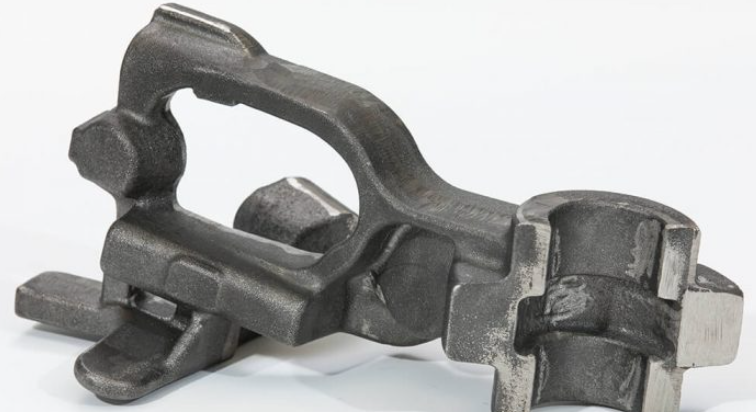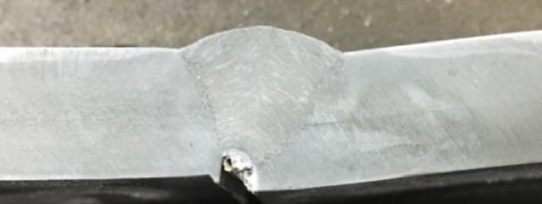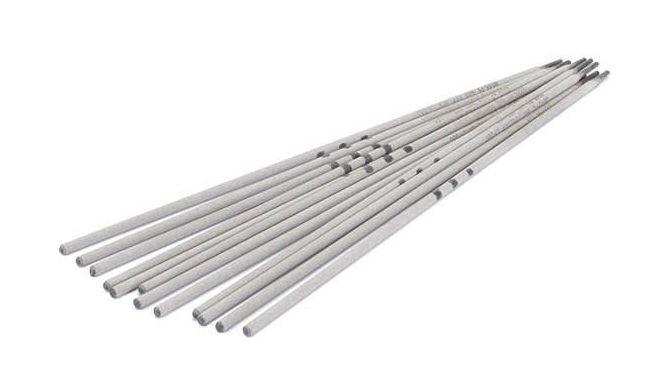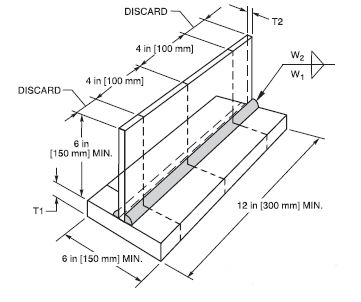Category Archives: SMAW Process
How to Weld Cast Iron
Avoid cracking by following these recommendations

Cast iron is not impossible to weld, although many that attempt to do so end up with cracked welds. The reason welding cast iron is a big challenge is that it contains up to 4% carbon. This is an insane amount, considering that any material with a carbon content above 0.30% is already considered “medium […]
Which Welding Process Produces the Strongest Welds
SMAW, GTAW, GMAW, FCAW, MCAW or SAW?
The Importance of Weld Repair Procedures

A repair procedure is necessary any time there is a defect in welding that must be corrected. The repair procedure is not just a welding procedure specification, but rather a set of instructions and rules on how to repair different types of defects. There is no standard format for a repair procedure, or a standard […]
AWS D1.1 Prequalified Welding Procedures
Prequalified WPSs for GMAW, MCAW, SMAW, FCAW & FCAW-S
Prequalified welding procedures must adhere to the strict requiremnts of the welding codes which permit their use. AWS D1.1 Structural Welding Code (Steel) is one that allows their use. Prequalified WPSs are exempt from testing becasue there is reasonable assurance that as long as all the requirements are met the deposited weld will be sound […]
7 Reasons to Consider Stick Welding Over Other Processes

Shielded metal arc welding (SMAW), or what is commonly referred to as “stick welding,” is one of the oldest welding processes. Despite being one of the first welding processes developed, it remains one of the most used welding process worldwide. If you have been working in a fabrication shop for years using advanced GMAW (mig) […]
Storing and Re-drying Low Hydrogen Electrodes

One of the dangers we should be aware of when welding high strength steels or even thick sections of low carbon steel is hydrogen induced cracking. Hydrogen induced cracking, also called hydrogen assisted cracking and cold cracking, is caused when three conditions are present. First, we need a susceptible microstructure (base material related). Second, we […]
How to Qualify a WPS for Welding Stainless to Mild Steel using AWS D1.6

It is very common to weld stainless steel to mild steel. But, when it comes to qualifying a welding procedure it can be somewhat confusing. Do you follow AWS D1.1 (Steel) or do you following AWS D1.6 (Stainless Steel)? Or is there another code or standard you should use? The answer to this question is […]
Proper Storage of Welding Consumables
How to store stick electrodes, and mig, flux-cored and metal-cored wires
Proper storage of both opened and unopened packages of welding consumables is crucial. It should avoid quality issues such as porosity, excessive slag fluidity, rough weld surface, difficult slag removal and more importantly, elevated levels of diffusible hydrogen which can lead to cracking. Adequate storage, handling and re-conditioning of electrodes vary according to type. The […]
Deposition Rates for Stick Electrodes

Although most people may believe that stick welding is antiquated and a bone-headed choice for a welding process, this is simply not true. It is true that in production welding, especially in a controlled environment like a fabrication shop, the use of stick welding is typically a big mistake due to its low efficiency, extremely […]

